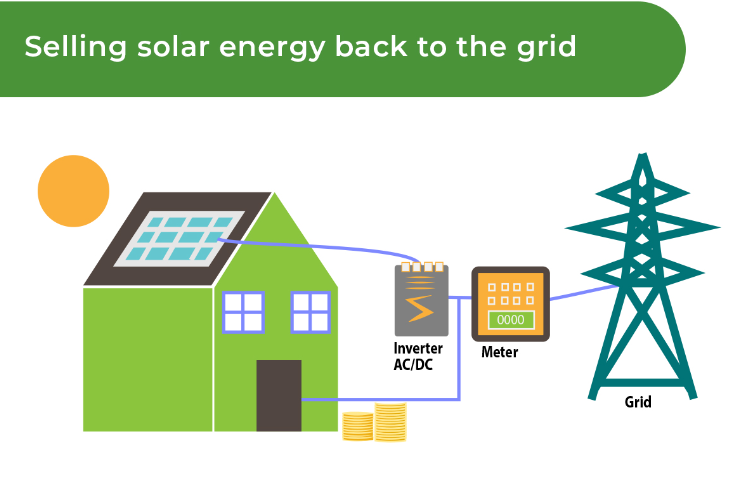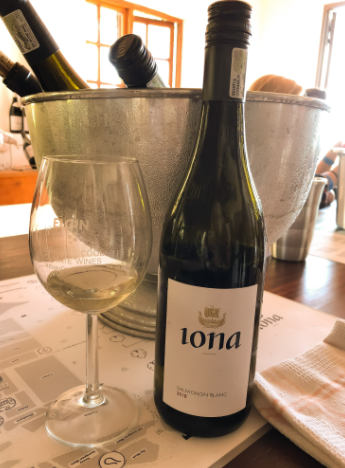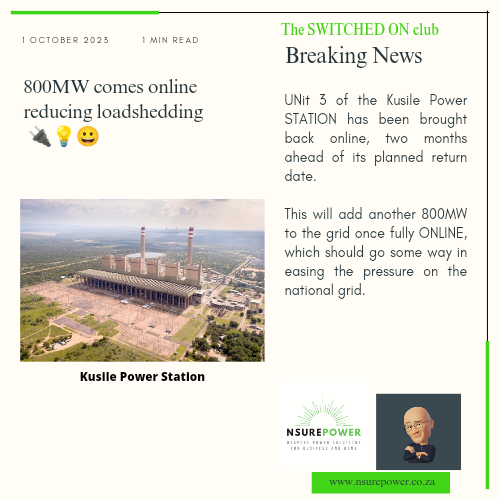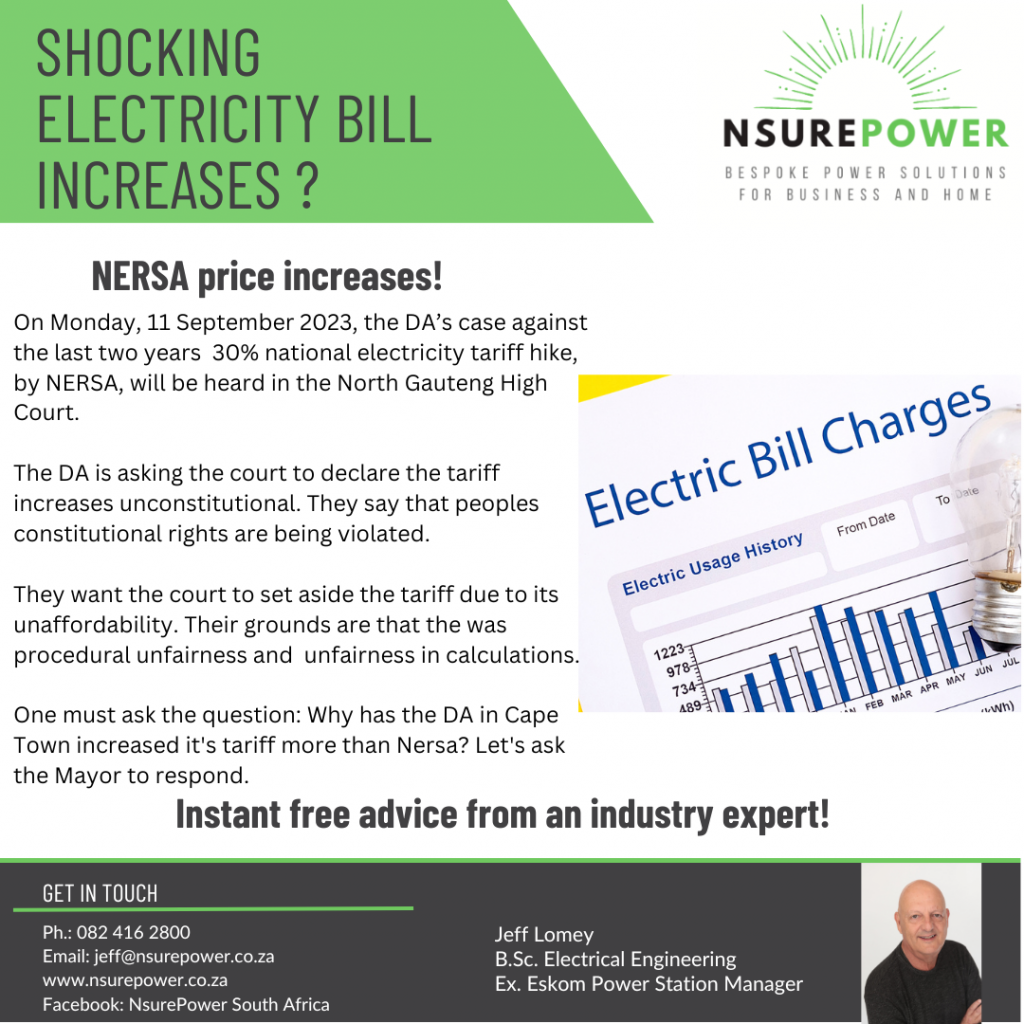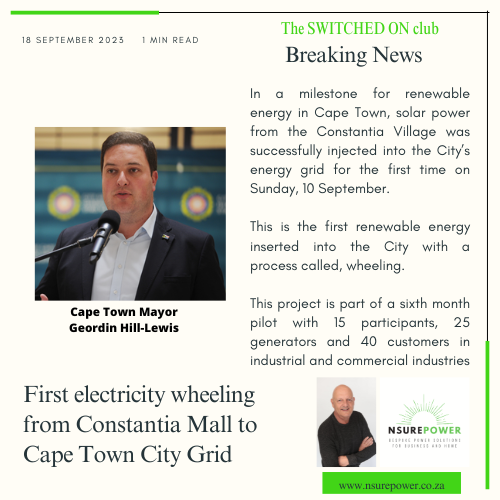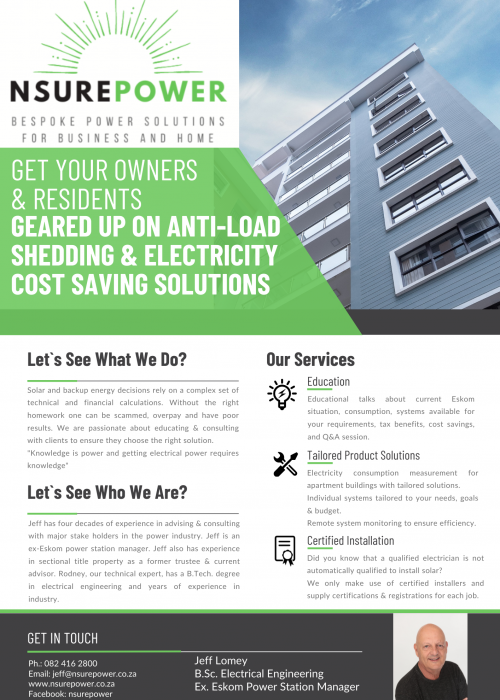Earn income from your solar panels
Most of the electricity generated by a grid-tied feed-in SSEG system (such as solar PV) is consumed onsite. Sometimes, the system will generate more electricity than the customer can consume. You can feed that excess generation back into the City’s grid and we will credit you at the SSEG Feed-in tariff rate.
Previously, all SSEG customers were required to remain net consumers (i.e. buy more electricity from the network than they fed in). This restriction was recently lifted and the City can procure excess generation under the Cash for Power programme.
You can use the credit from the excess generation that you feed into the City’s grid to settle your entire Municipal account. Any remaining credit will accumulate until it reaches a certain amount and then the City will pay you out, subject to the relevant supply chain management processes.
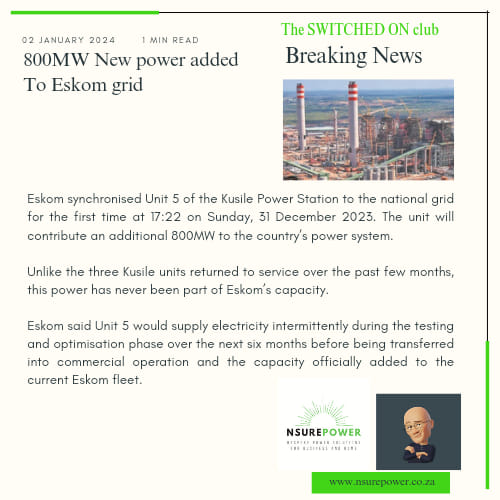
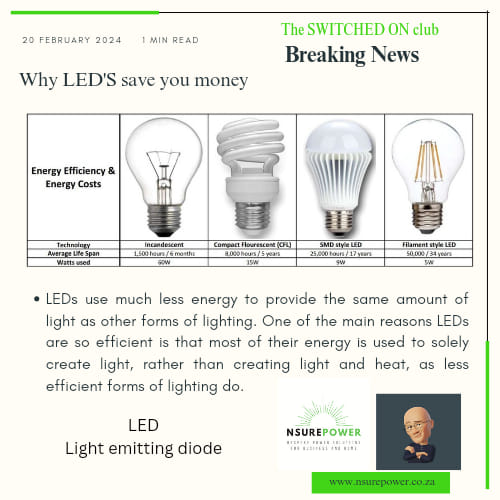
World's tallest wooden wind turbine starts turning
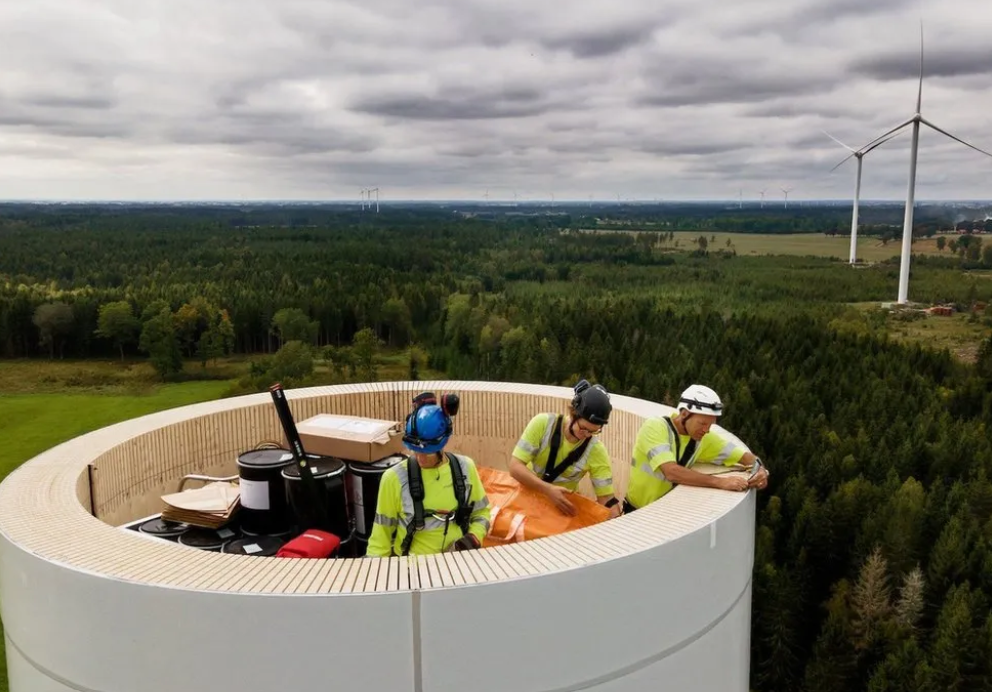
What is made from the same wood as a Christmas tree, held together by glue and manufactured in a Swedish factory for assembly later?
If that calls to mind flat-pack furniture and meatballs, you’re wrong.
If you answered “a wooden wind turbine”, you could be a visionary.
According to Modvion, the Swedish start-up that has just built the world’s tallest wooden turbine tower, using wood for wind power is the future.
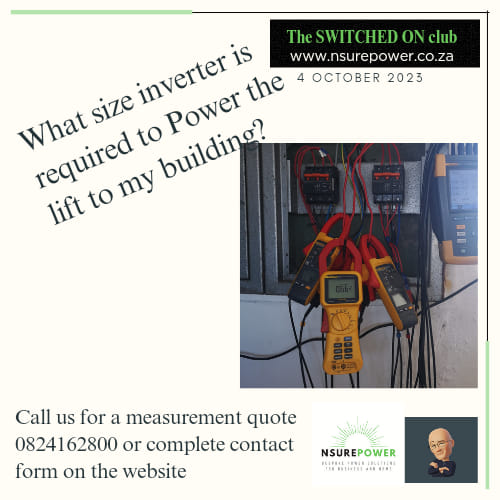
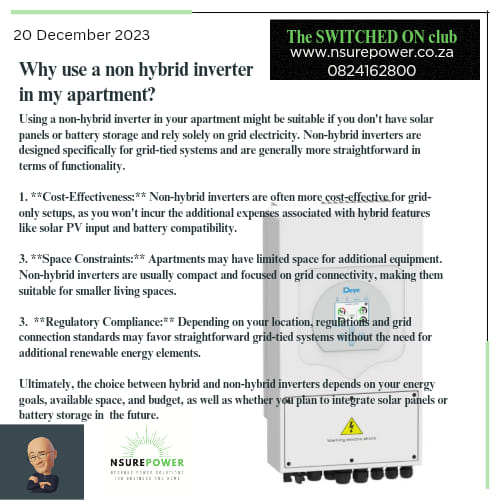
sectional titles
Sectional title schemes are sometimes complicated when it comes to specifying a solar solution. Our resident electrical engineer and ex Eskom power station manager, Jeff Lomey, will give you free advice.
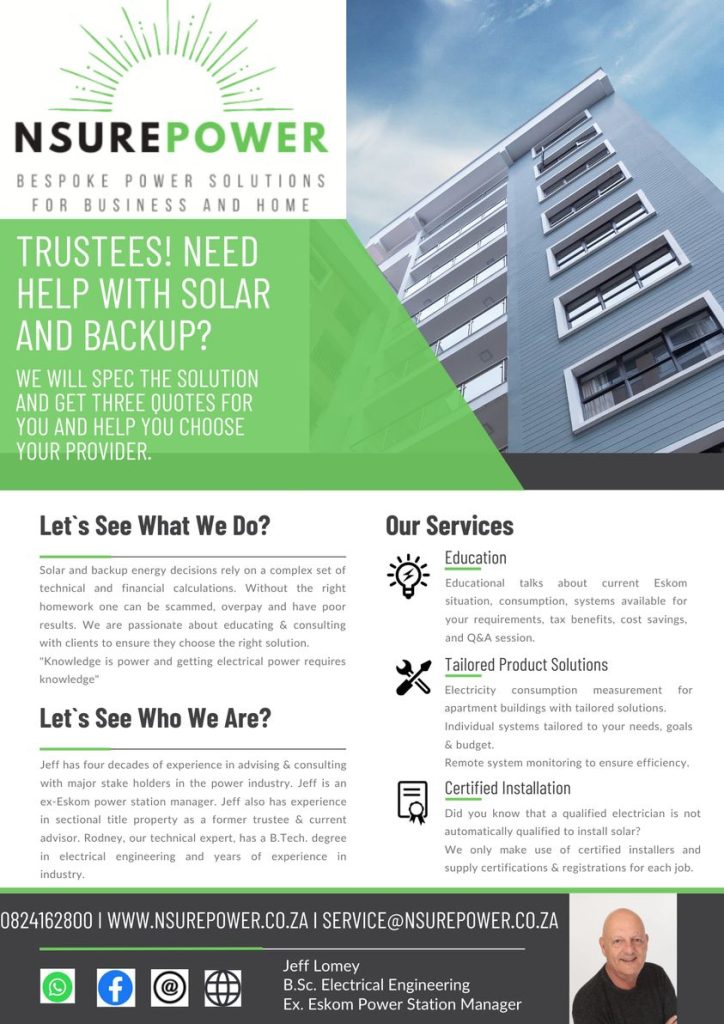
Free technical advice
The holiday season looks like darkeness for Eskom. Wondering what to do? Give us a call we’ll give you a free specification for your solar solution or battery. Or we will check your quote for technical accuracy and cost alignment. Free from Jeff Lomey a qualified electrical engineer and ex Eskom power station manager.

December Winner: wine of the month


The Eskom residential calculator is the easy, free tool you can use to see where your household is using and potentially wasting electricity. The calculator takes you on a guided journey, through your home, and asks you to input your usage habits. The calculator will show you have much electricity you are using, how much your appliances are using, show you if your saving efforts are paying off.
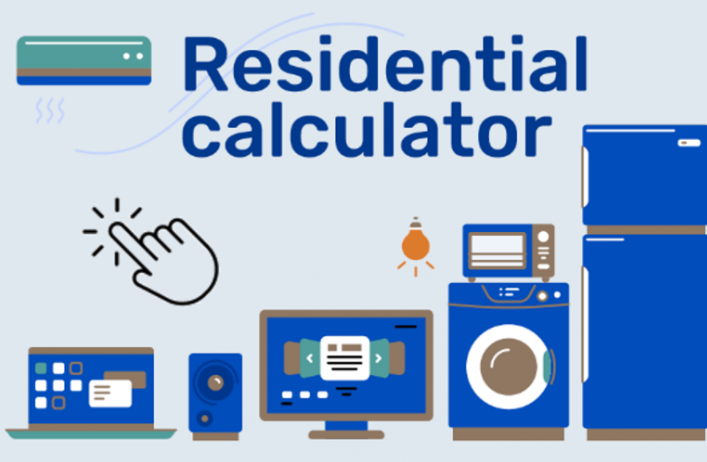
Powering a municipality the size of Mossel Bay for 4 hours using battery storage. ![]()
![]()
![]()
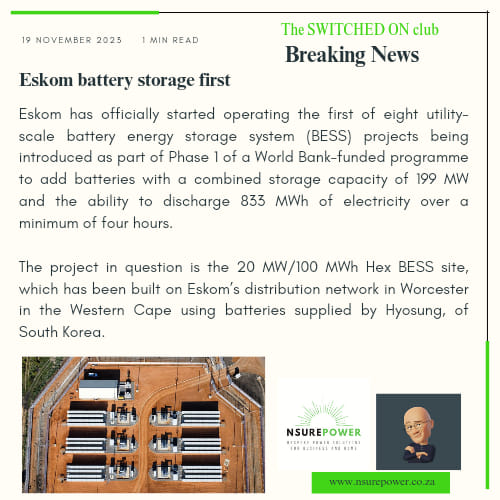
One unit at Koeberg produces 930 MW, which is a stage of loadshedding. The 20 year life extension is cheap at the price. If it’s reliable ![]()
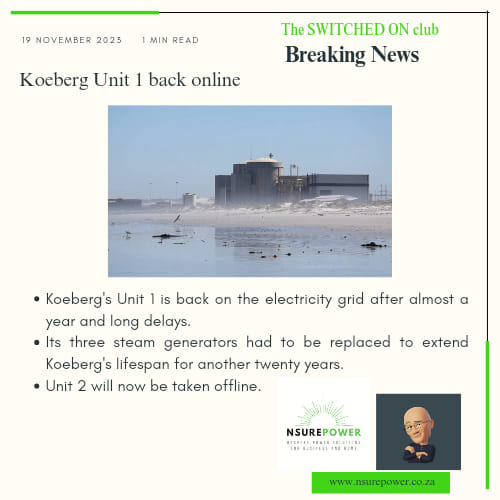
what's the problem at eskom over all these years?
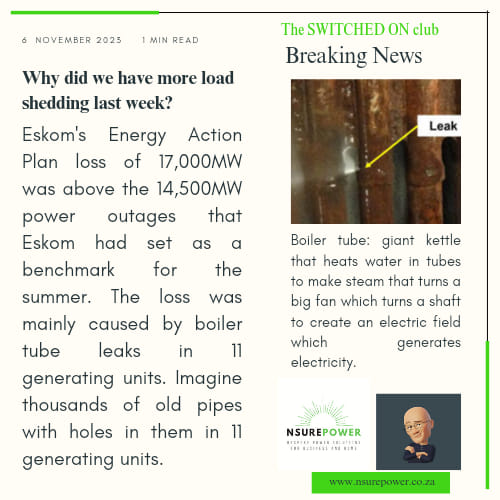
safer, faster, solar pv approval
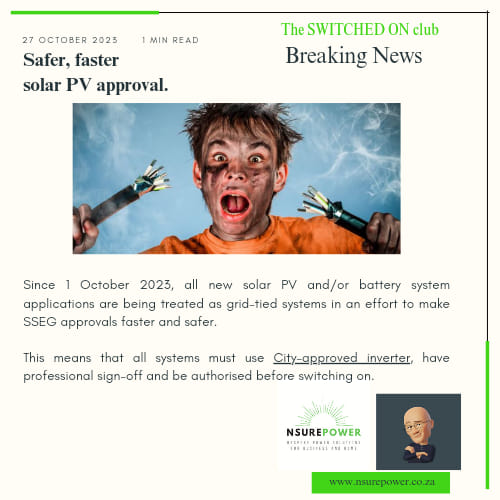
new partnership with iona wines
We are very excited to announce our partnership with Iona wines. Iona will take us on a journey of exploration. We would like to thank Iona for sponsoring the monthly draw prizes for our Switched On! Wine Club.
We would like to congratulate Elsa Dreyer who is our first lucky draw winner.
You could be next! Visit the Switched On! Club tab to see how you can gain entries.
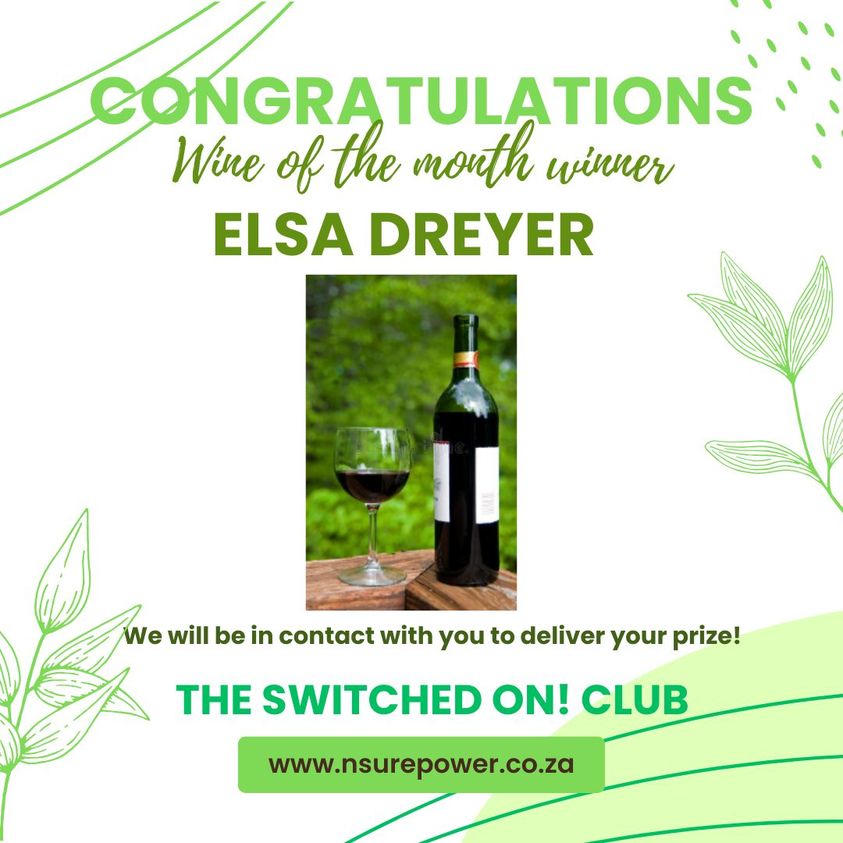
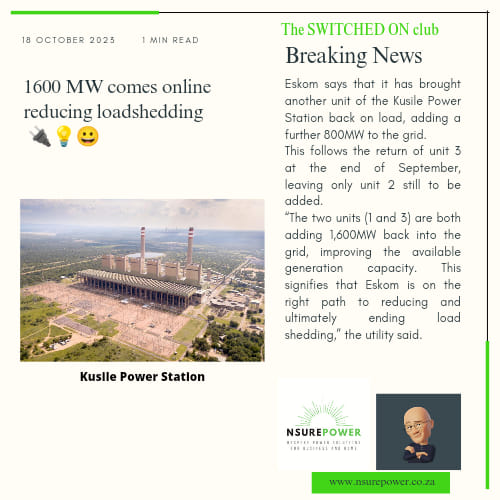
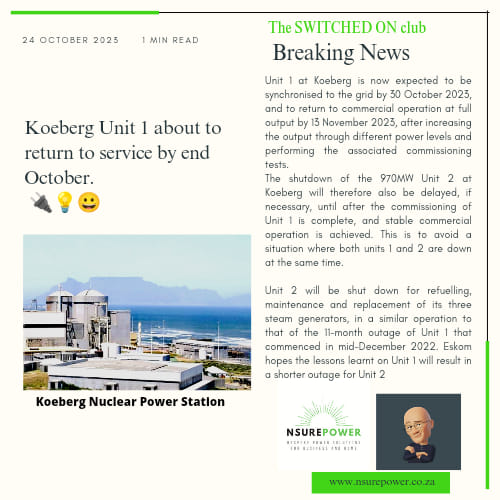
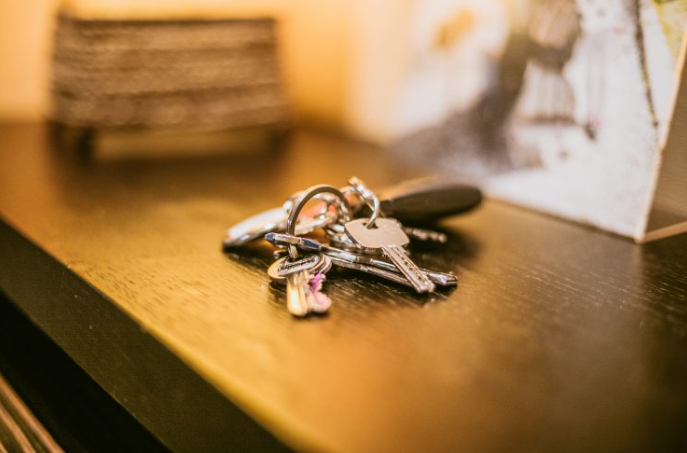
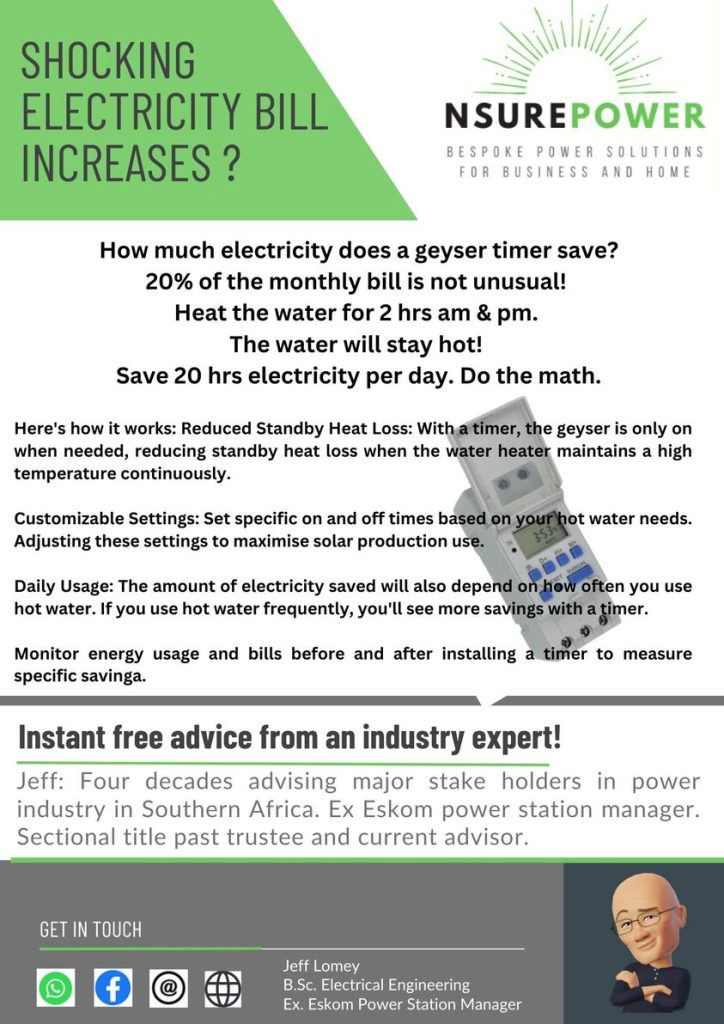
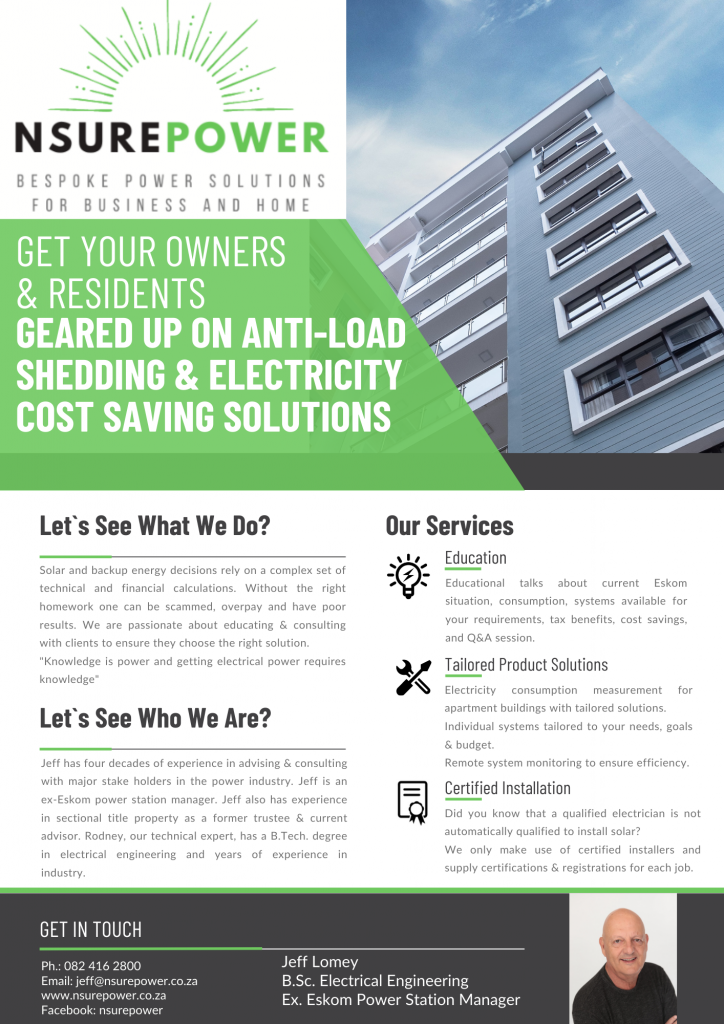
What size inverter?
Right size your solar system by measuring the power used. Minimize the investment. WhatsApp 0824162800 for a free consultation and quote.
Important for business application and apartment blocks.
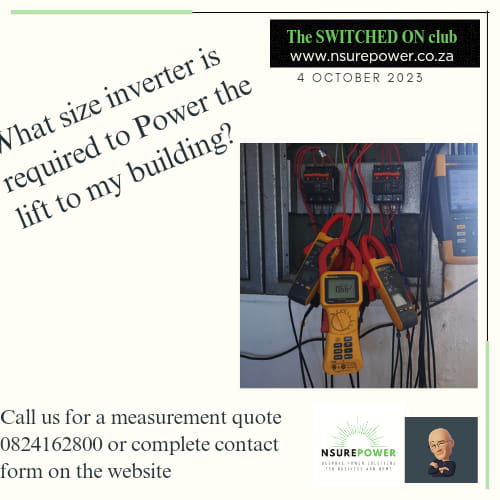
tips: save electricity
NsurePower helps people with electricity crisis with free advice, technical solutions and latest news.
Sign up and join the Switched On Club on our website.
Free entry to monthly wine club draw.

Load shedding should decline for summer
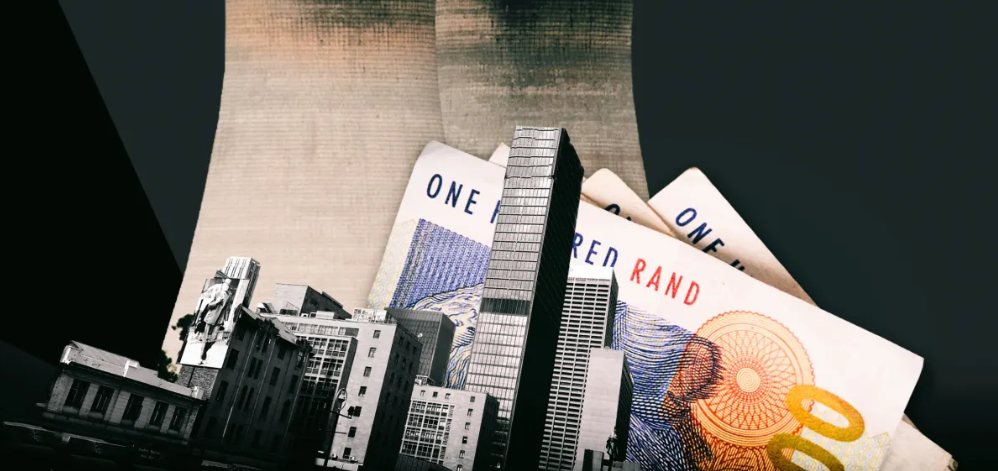
Eskom presented a more positive outlook for South Africa’s power supply going into summer, with the confident claim that although it has not been able to meet its targeted reduction in unplanned load losses, there is a declining trend.
At a media briefing this week, the power utility said it expected to onboard an additional 2,880MW from Kusile unit 4 during the summer months, another 1,500MW from Tutuka in January and would be focusing on six key areas to reduce demand by almost 250MW, which in turn, should reduce the incidences of rolling blackouts.
Eskom says that it has brought another unit of the Kusile Power Station back on load, adding a further 800MW to the grid.
This follows the return of unit 3 at the end of September, leaving only unit 2 still to be added.
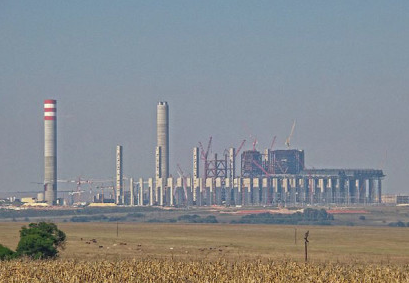
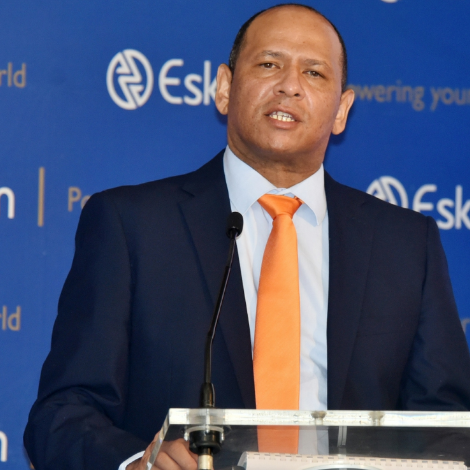
Base-case scenario, not going above Stage 4 load shedding this summer; worst-case scenario, Stage 6 – Eskom acting CEO Calib Cassim.
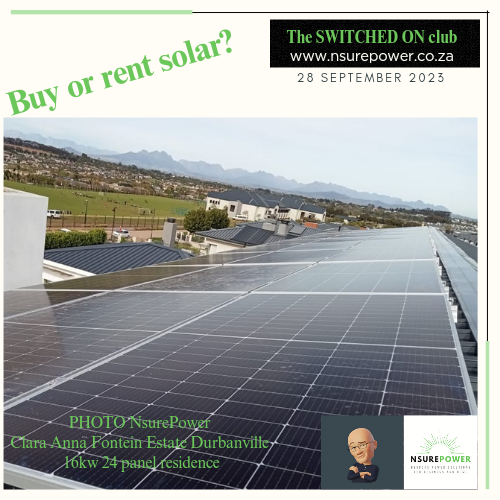
should i rent or buy my solar system?
The monthly payment option is exactly like renting a home rather than buying a home. It’s never yours.
In the long term, say after 5 years, the rental option electricity cost savings will be used to pay for the system in perpetuity. Whereas if you own the system the savings are directly into your pocket after 5 years.
If the property is tenanted, you could ask your tenants to pay a good portion of the cost, as electricity costs saved are put towards the solar investment and ensuring secure power. They will not pay extra because the electricity bill will be reduced. Just do the maths.
Also, a buyer of the property gets this savings benefit, making it an attractive purchase rather than having an additional monthly payment in addition to a bond, or getting it removed and then installing new.
The maintenance is taken care of however the technology is well advanced and should not require attention at least in the first ten years and probably up to 25 years or more. Maybe an occasional panel clean. So, is this a real benefit?
Unless all the solar power is captured and used, it’s no good having more panels and batteries and paying for those. So, it’s a better option to minimize the size inverter and panels to match the power that the house uses. Measuring the house power can be done by googling the power (watts) used by each appliance. It’s also good to check this against the units shown in the monthly electricity account. Remember to deduct the geysers and oven and aircon and pool pump and other non-essentials.
In your case 8kw inverter and two batteries and 10 panels, will be a safe bet. This should cost around R200K. If your tenants are contributing say R5k a month for three years, then it’s almost paid off costing you nothing. Plus, you have an advantage not a disadvantage when selling.
If you find it’s not getting through 6 hours of loadshedding you can easily add more battery and panels with no hassle.
Call or WhatsApp Jeff now to discuss your specific needs. 0824162800.
Weather and winter tariff
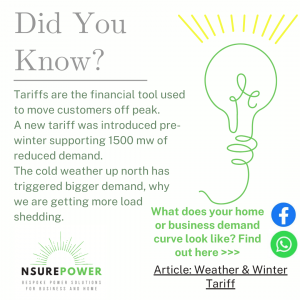
Eskom is expecting demand for the rest of South Africa’s winter months to remain below levels initially assumed when the utility finalised its base case for the high-demand season (see graphic above), while it is also beginning to report improved generation performance at some of its coal stations.
When Eskom unveiled its winter outlook on May 18, it warned that it might be forced to resort to Stage 8 loadshedding (representing 16 hours of cuts in a 32-hour cycle) should it fail to cap coal plant breakdowns to below 15 000 MW and should demand spike on the back of colder temperatures, particularly in Gauteng.
ON ANTI LOAD-SHEDDING & COST SAVING SOLUTIONS
how to maximise your solar system permormance
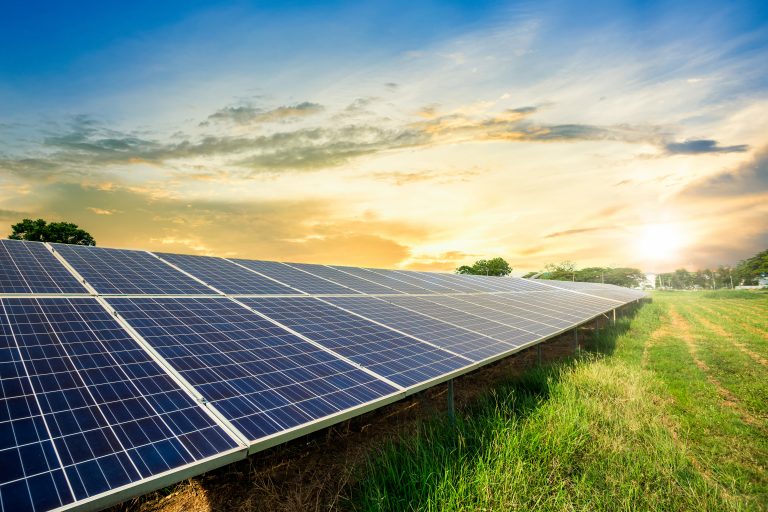
Read Article: Maximise your solar system performance for added cost savings.
Introduction
Solar power not only helps in alleviating the impact of load shedding but also provides a reliable and eco-friendly source of electricity. Furthermore, with the constant rise of electricity tariffs in the country, solar has become a major positive differentiator when selling private property in a competitive market. By employing the following strategies and making the most of your solar panels and battery storage system, you can minimize your reliance on Eskom and maximize the use of solar energy. The effectiveness of these strategies may vary based on the size of your solar system, battery capacity,
local weather conditions, and your energy consumption patterns.
